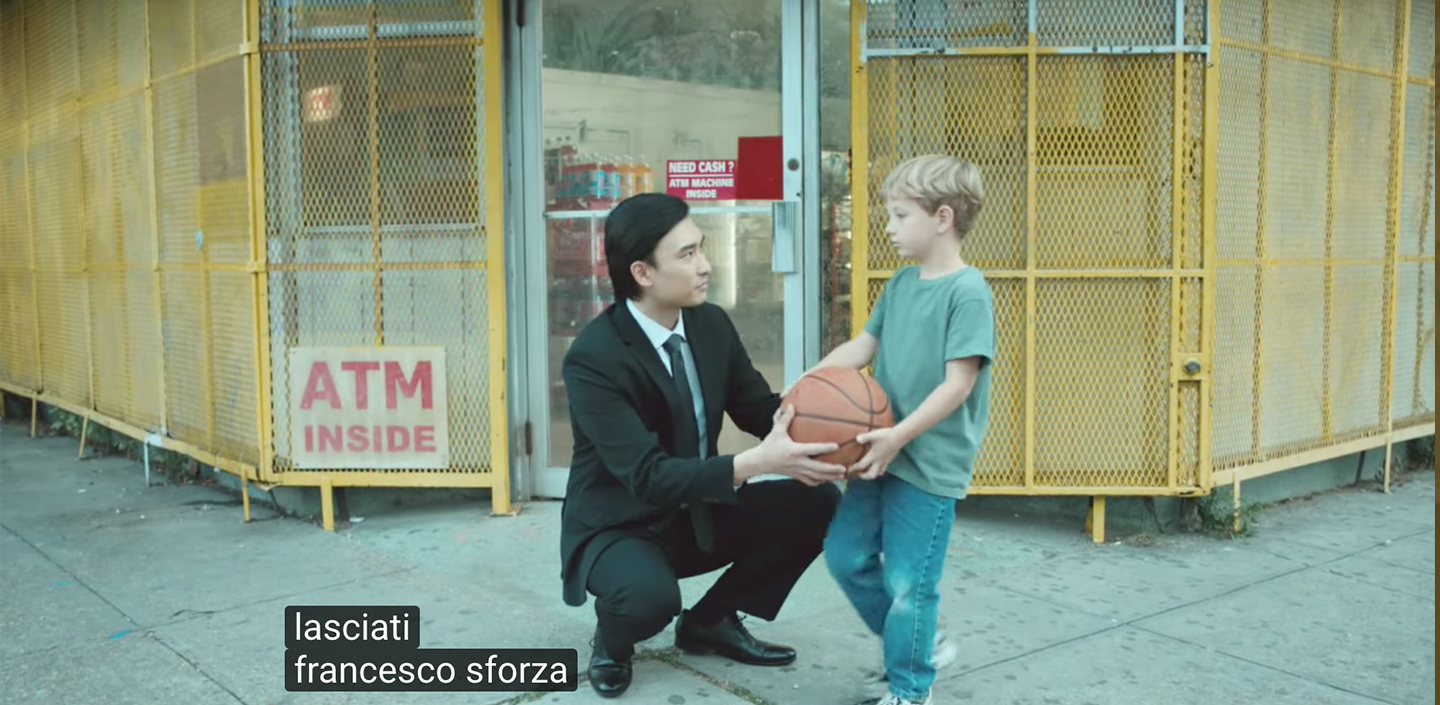Inspiration
Great Nations Eat
CASE STUDY
BBH & Mediavest spark

Results
A BILLION IMPRESSION CAMPAIGN TO REFRAME HUNGER.
Great Nations Eat was the start of a 2015 campaign by BBH and MediaVest Spark, which sought to build upon decades of advocacy from the broader anti-hunger movement to awaken Americans to the terrible cost of hunger. In America, 13 million children don’t get the nutrition they need, and ¾ of these children are from working households.
The campaign was a five-year partnership between national anti-hunger organization Share Our Strength and the filmmakers behind the Participant Media documentary "A Place at the Table", which led to an unprecedented billion-impression media campaign to transform the conversation around hunger in America.
In response, BBH created a series of foreign PSAs where countries such as China, Slovenia and Germany, all of which have better statistics regarding access to food than the United States, appear to be offering to help America with its hunger problem. These ads formed part of a multi-platform media campaign for Great Nations Eat.
Other aspects included:
Print: 21 national print titles, and 200 local newspapers ran ads. That’s the equivalent print space that would laid out create a path from Washington D.C. to Los Angeles.
Television: In a single month, 640+ minutes of Great Nations Eat ads ran on national and local TV – approximately the same amount of time it would take to watch the original Star Wars Trilogy twice. In total, the campaign has 22 national and 41 local broadcast partners.
Radio: Ads were featured on more than 900 radio stations, reaching 150 media markets.
Digital: Social activations rallied people to participate and show their support in the drive to end hunger in the US. For example, our Great Nations Eat napkins at South by South West Interactive Festival (SXSW). Festivalgoers took part in the first #FoodPicStrike, where instead of posting food pictures, they posted their napkins in support of Great Nations Eat.
Out-of-Home: Ads appeared in subway systems, at bus stops, on the side of public transit, and in movie theaters through partnerships with 10 different out-of-home vendors.
View First Case Study